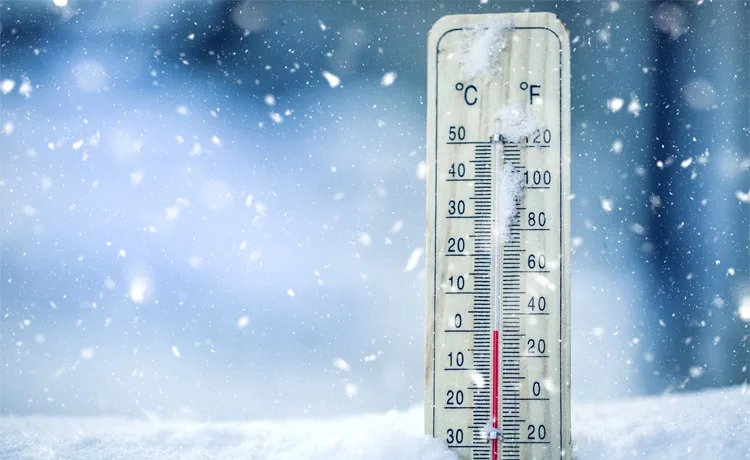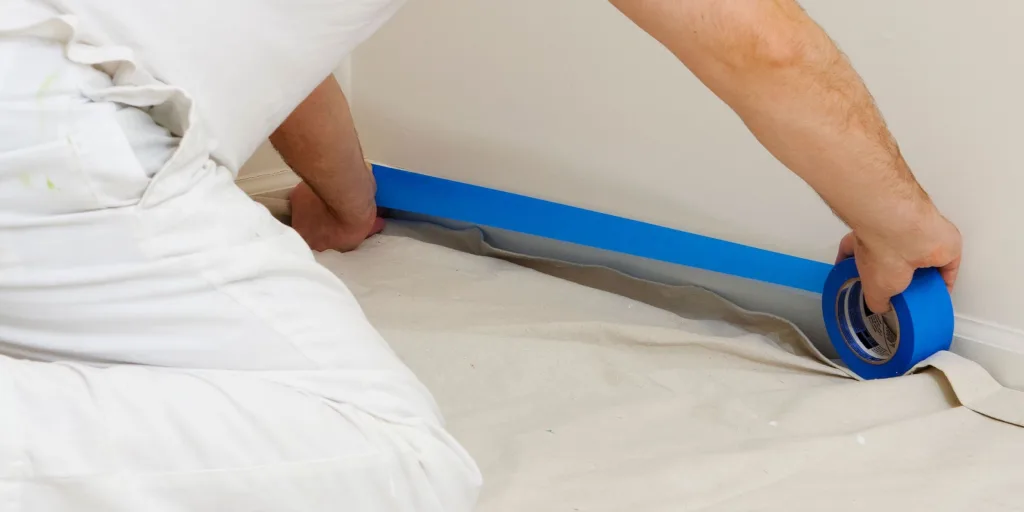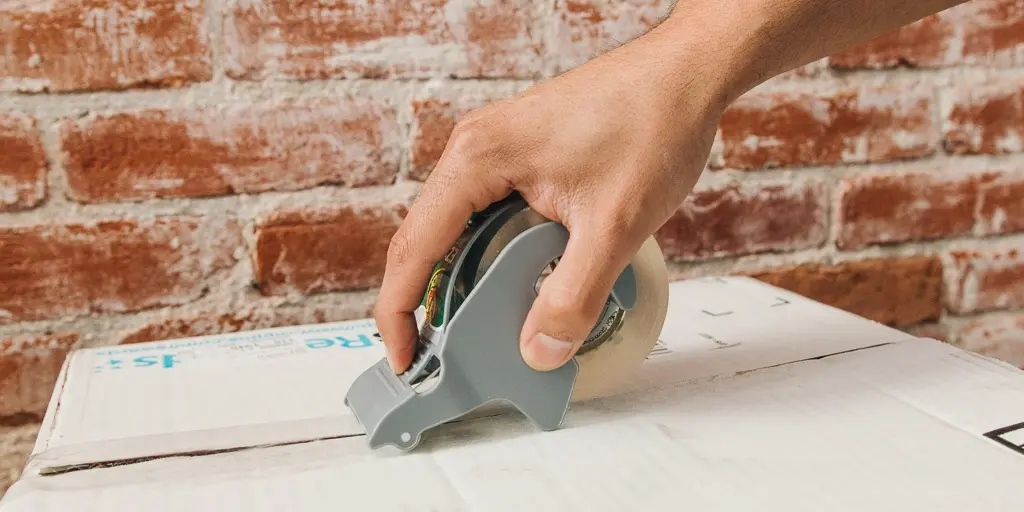Have you ever wondered why some packages arrive beautifully sealed while others look like they’ve been through a battle? The truth lies in the art and science of sealing cartons with packaging tape. In this article, we will explore the crucial aspects of using packing tape effectively—what impacts its performance, how to avoid common packaging pitfalls, and how to choose the right tape for the job.
How do hot and cold environments impact case sealing?
Manufacturers and packaging line workers know that the temperature at which a case sealing operation occurs significantly affects the success or failure of a carton seal. The application temperature—the exact temperature at which packaging tape is applied—determines how well the tape will adhere.
In the food and beverage industries, case sealing often occurs in cold environments to maintain freshness. However, when application temperatures drop near or below freezing, many packaging tapes struggle to create a secure bond with corrugated surfaces. This failure is due to the adhesive’s need for adequate wipe-down force to penetrate the carton substrate. Cold temperatures cause some adhesives to become brittle and lose stickiness, undermining the tape’s effectiveness. If tape is applied in a comfortable environment but later exposed to freezing temperatures—what’s termed as the service temperature—it may flag or loosen, exposing the contents to potential damage or pilferage.
Conversely, while less frequently discussed, extreme heat can also lead to tape failure. When packing tape is exposed to high temperatures for prolonged periods, the tape’s backing may shrink, pulling away from the carton substrate. This is particularly concerning for long-distance shipments or those stored in non-climate-controlled environments.
For many manufacturers, sealing cases under extreme conditions is often unavoidable. Investing in packaging tape engineered for reliable performance in both hot and cold situations can reduce rework caused by tape failure. Always consult the recommended usage and temperature range of your tape to ensure it’s suitable for your specific application.

What is an over-filled carton?
Understanding the Dangers of Over-Filling
Just as cartons can contain too little filler packaging, they can also become over-filled. When excessive void fill is used, it not only generates waste but can compromise the effectiveness of the packing tape used to seal the carton. This leads to seal failures during palletization, storage, or transit.
Although it might be tempting to secure bulging flaps merely to facilitate the sealing process, this approach leads to potential hazards. The upward pressure from the excess filler generates stresses on the tape that exceed its holding power. As a result, shear failure can occur, causing the tape to detach from the box’s sides at critical moments—before palletization, during storage, or in transit.
Picturing tape like a rubber band—its innate tendency is to return to its original shape post-stretch—can help us understand why excess pressure is detrimental. Therefore, to avoid unnecessary returns, rework, or damaged goods, ensure cartons are filled to a level that allows for the major flaps to close without forcing them down. Furthermore, using appropriate packing tape with higher holding power can provide additional security against potential seal failures caused by over-filling.
What is an under-filled carton?
Recognizing and Addressing Under-Filled Cartons
One of the most prevalent issues in the packaging industry involves under-filled cartons. This occurs when a package lacks sufficient filler material to keep the items safe during transit, increasing the risk of damage.
Under-filled cartons are often easy to identify. They frequently arrive at their destination bent or dented, signaling that they weren’t adequately protected during shipping. This not only looks unprofessional but also jeopardizes the contents within, leading to product loss and further damage. Additionally, the strength of the seal is compromised, making it easy for the box to open unexpectedly.
Several factors contribute to under-filled cartons. Often, packers lack proper training or rush through their work, resulting in poor packing practices. Sometimes, businesses attempt to reduce costs by skimping on filler materials, leading to inadequate protection. In other cases, using “one size fits all” boxes that are too large for the contents exacerbates the issue.
If you find yourself dealing with under-filled cartons despite your best efforts, use robust packing tape to secure the contents. Hot-melt adhesives, thicker film gauges, and wider tape—like dimensions of 72 mm—are excellent options. Always apply sufficient wipe down force when sealing boxes, as a stronger seal is crucial for maintaining integrity, even with under-filled cartons.
Related article: Find the right packaging tape.
What is the substrate of a carton and how does it impact packaging tape choice?
In the packaging industry, the substrate refers to the material that makes up the carton being sealed. The most common substrate is corrugated fiberboard, celebrated for its strength and flexibility.
Pressure-sensitive tape relies on proper wipe-down force to embed the adhesive into the fibers of the substrate. Different substrates necessitate different adhesive formulations, influencing how well the tape adheres.
“Virgin” or non-recycled corrugate presents the best scenario for traditional packing tapes, as its long-strand fibers allow the adhesive to penetrate easily and create a strong bond. Most packaging tapes are designed for optimal adhesion on this type of material.
Conversely, recycled corrugate creates challenges. Due to the recycling process, the fibers are shorter and densely packed, making adhesion difficult for standard packing tapes. The adhesive struggles to penetrate between these fibers compared to virgin corrugate. Fortunately, specialized packing tapes are formulated to perform well on recycled materials, containing adhesives that excel in these conditions.
Conclusion
In summary, understanding how to effectively seal a carton using packing tape is essential for any manufacturer or business looking to protect their products during shipping. We’ve explored how environmental factors influence sealing performance, identified the pitfalls of over-filled and under-filled cartons, and examined the importance of substrate in tape selection.
At Fonitaniya adhesive tape, we pride ourselves on being an innovative adhesive solution provider for over 15 years. Our dedication to developing high-quality packaging tape ensures that your products are securely sealed and protected, no matter the challenges you face. Trust us to deliver the adhesive solutions you need to keep your goods safe in transit.
FAQs
What type of tape is best for sealing boxes?
Packing tape designed for your specific substrate offers the best results.
How strong is packing tape?
Packing tape’s strength can vary; typically, it can hold up to several pounds, depending on the tape’s grade.
Can packing tape be reused?
While some packing tapes are strong, reusing them risks losing adhesive properties, making them less effective.
What temperature can packing tape withstand?
Most packing tapes function well at standard room temperatures but may struggle in extreme hot or cold conditions.
How do I apply packing tape correctly?
Apply the tape smoothly across the seal and press firmly to ensure a strong bond.
Is packing tape waterproof?
Some packing tapes are water-resistant, but not all; always check the specifications before use.




